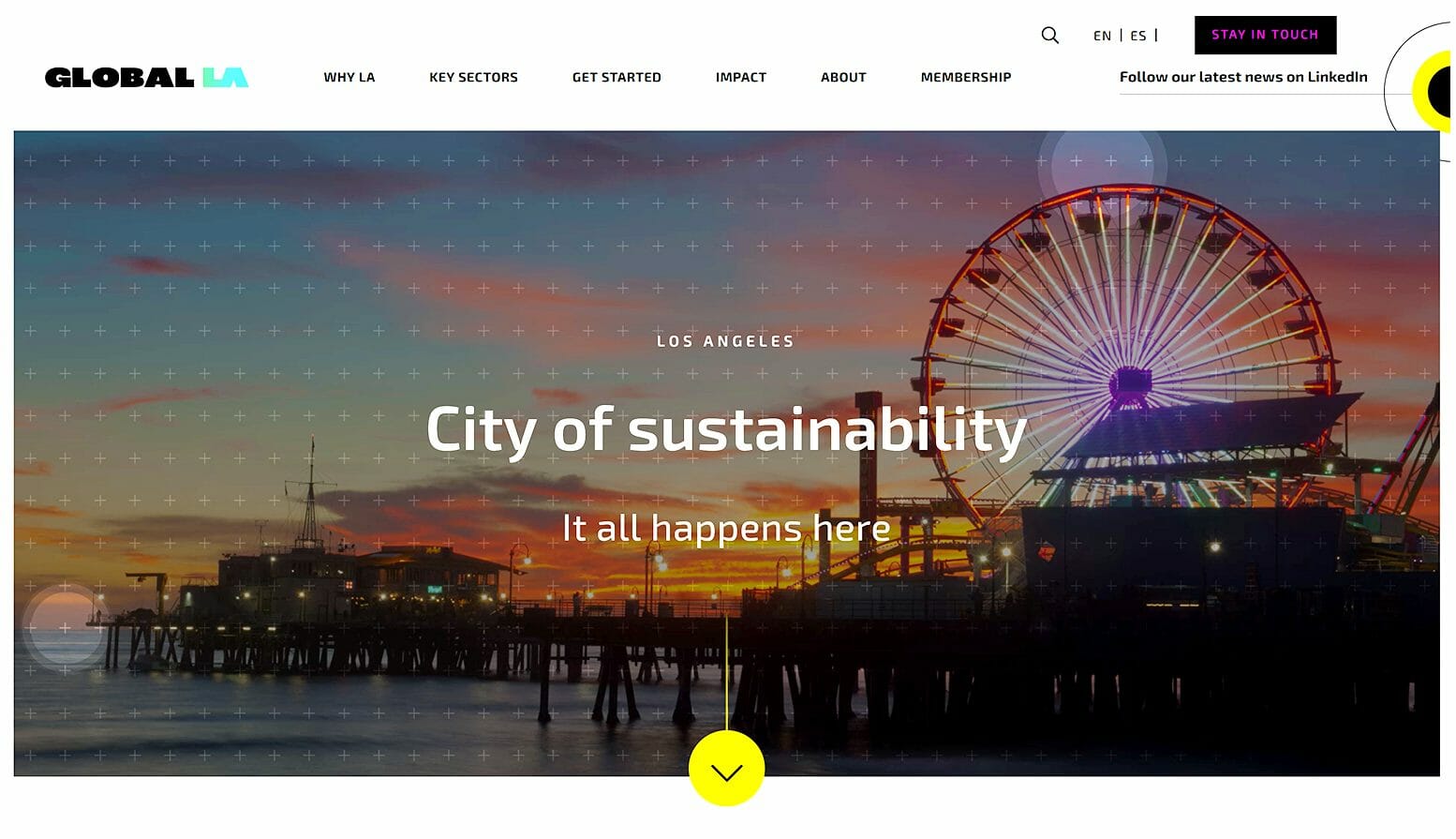20 Oct ‘20
10 Things to Keep In Mind while Developing an App
20 Oct ‘20
In: Mobile App Design & Development, Los Angeles, / By: Ripe Media
Businesses and apps are not mutually exclusive affairs these days. Both go hand in hand. In fact, a business’s existence could be under threat if your app isn’t doing well.
So, now the question is: How to make sure that your app does well? In short, how do you ensure that your app is designed for success?
Here we listed about ten different ideas that will let you know how to develop a successful mobile application.
#1. Nail down the issue your app intends to address
Great apps address issues. So, ask yourself, which issue your app intends to tackle?
If you are still to figure out the issue, you can begin the process with these two things:
a] Market Research
b] Use Google Trends and Google Keyword Planner
Market research is one of the most crucial aspects of app making. So no matter, conduct thorough market research for your app.
For instance, if you plan to come up with a journaling app, first and foremost, check out whether there’s a market demand for it.
To know whether your app is commercially viable or not, you can ask the following questions:
- How many alternative apps and competitors are in the marketplace?
- How much should I charge for my app?
- Is there a business model to follow?
Market research will save you from making a lot of mistakes. It will help you figure out whether there’s an audience for your app or not?
Two types of market research you can focus upon:
- Mistakes competitors are committing
- Is there a demand for your app?
So, before going ahead and developing an app, you could estimate the demand for it. Plus, you could use Google Trends and Google Keyword Planner to measure demand and chalk out a to-do list for your app.
Google trends will help you identify whether your app idea will pick up steam or not.
This is what Google Trends has to say about the popularity of these three app ideas:
- Journaling apps – a huge thumbs down
- Food delivery apps – comparatively popular
- Activity tracker apps – a huge thumbs up
Now, your real work starts. Google Trends has given you a clear cut indication as to what type of app will work in the market.
But, for all you know, there are a dime a dozen activity trackers in the market. So, why should anyone buy your activity tracker, which has just debuted in the market?
So, this is where you need to rack your brain and come up with a differentiating element for your app. How about combining the features of an activity tracker app and food delivery app? The food delivery part of your app could focus on delivering healthy drinks, diet food, and things like that. So, in a way, the features of these two separate apps can be put together to create a unique app.
Plus, you can use the Google Keyword Planner to gain valuable insights as to how many people Googled for activity trackers apps and diet food apps.
The best thing about Keyword Planner is that it will throw up different search phrases based on inputs you give. So you don’t have to bother about ideas for search phrases yourself.
The best part of market research is that you get to put yourself in the shoes of the customers, and get to look at things through their eyes, which will help create an app that actually addresses customer problems.
Thorough market research will offer the following insights:
# who is your audience? # what are their likes and dislikes? # will your app have the required impact on the problem? # How are the users currently dealing with the problem? # what all changes could be introduced to make it better?
Market research will give you a better idea on user likes and dislikes
All these insights serve a purpose. It would help you define and address the problem, and in the process, help create an app that serves its users better.
#2. Nail down the logline of your app
Once you are finally sure what specific issue your app is going to address, go ahead and finalize the log-line of your app.
A logline is essentially a one-line summary of a film, television program, or a book. The entire theme of the book or movie gets captured in just one powerful sentence. And it contains both the plot and the emotional hook.
You can apply the same logic of logline to your app, as well. So, what’s the logline of your app? Simple. The problem your app aims to address automatically becomes the logline of your app.
Let’s consider a few super successful app examples that you could emulate to create your app logline:
- Zomato – Restaurant finder and food delivery app
- Uber – Excellent riding sharing app
- Airbnb – Cheap lodging facilities to tourists worldwide
How will this logline thing help in your app development process?
Apparently, the biggest mistake app developers commit is that sometimes they try to fit in too many features into their apps. So, having a logline will ensure that developers stick to ONE primary objective rather than loading with all sorts of features. Overloading your app with lots of features would only leave the user confused. So, it’s always nice to provide the user with just one experience you want them to have. And this is where a logline helps.
#3. Create Mockups of your App
The next step should be creating mockups. A mockup enables you to come up with a rough estimate on the app’s layout, user interface, and flow.
It roughly shows you what an app looks like without being stringent about details. Plus, it focuses on the fundamentals and not so much on the aesthetic approach of your app. More than anything, it should help you form a basic idea about the user flow and interactions within the app? What happens when you tap on the button? When you move from screen A to screen B.
Source: https://masadesign.net
You can use MOQUPS for creating a mockup of your app. Or, you can check this article on different mockup tools available in the market to create a mockup. You can even try Balsamiq to build mockups. The tool is said to strike a perfect balance between roughness and flexibility.
When working with a client or an employer, the mockup gives you an opportunity to give your clients an almost-exact-end-result of the app. In short, mock-up aids in imagining the complete functioning of your app.
Additionally, you could create a text document that explains how your app works.
Cut to the chase: Don’t avoid mockups. A mockup helps fix basic UI/UX problems early on. And it’s an ideal way to get your team, clients, and the employer interested in your app project.
#4.Design for all platforms if possible
Users these days access apps across multiple devices and platforms – desktop, web, smartphone, and tablet. Most of the time, they end up using all platforms in one day. So, developers need to ensure that the app’s aesthetics and appearance are in perfect alignment with as many devices and platforms as possible.
Also, bear in mind that Android platform is different from the iPhone platform. So, make sure that your design principals match the operating system you are designing for. Connect with Ripe Media, GoodFirms to get apps developed for all the must-have platforms.
#5. Follow the ‘Keep It Simple Stupid’ philosophy
Your app needs to be simple and easy to operate. So, once your mock-up is ready, show it your non-technical member in the group or family and see how they operate the app. Only then will you be able to tell whether your app is intuitive enough, buttons are easy to read or not, and whether the language is easy to decipher or not. Take copious notes and keep a tab of all those places that they get stuck. This is important because new users will leave quickly if they found your app too complicated to use.
#6. Make it Offline friendly
Some of the top apps in the app store are best known for their offline usability. For example, apps such as Evernote can be used in an offline mode when the customer is not connected to WiFi or another signal. This is one of the principal design practices that development teams need to take care of when they plan an app. In other words, you need to think ahead of times as to how your app will work in an offline mode.
#7. Make it ASO & SEO friendly
With millions of applications flooding the marketplace, it’s more important than ever to focus more and more on the ASO and SEO part of application development. So, you need to take into account all the ‘ifs’ and ‘buts’ of ASO and SEO during the application development process to accelerate the visibility of newer mobile applications.
#8. Develop Grid-based applications
Grids ensure that there is some sort of consistency all throughout the app pages. More importantly, it enables designers to create visual connections, and also keep the design unified all across the app.
#9. Keep an eye on new OS updates
No matter which platform you are focussing upon, iOS or Android, you need to make sure you take into account all the recent updates. In case you happen to miss an important update, it could lead to a significant issue. Staying up to speed with updates will help you prevent problems with the latest releases.
#10. Test, Test, Test
Last but not least, you need to test your app on every platform to make it a success. You can always use devices to test your app, but then, you can also test on simulators for mobile devices. Checking for bugs by running your app on a wide variety of device simulators will save time and enhance user experience.
Wrapping Up
There you go! 10 things to keep in mind while developing an app. But then, we have just scratched the surface. Several other things need to be accounted for developing an app, such as the language that you need to use for coding an app, various app guidelines to follow, the audience to target, and so on.
Over to you now! Talk about your app development experiences and what, according to you, are the key strategies to app development in 2020.
Author Bio: I am Jennifer Warren, a Content Crafter with GoodFirms, a research and review platform for service and softmobile app development, software development, bot development companies among many others. She is an opinionated writer with a big appetite for books, buzzwords, and boatloads of bouquets.



















